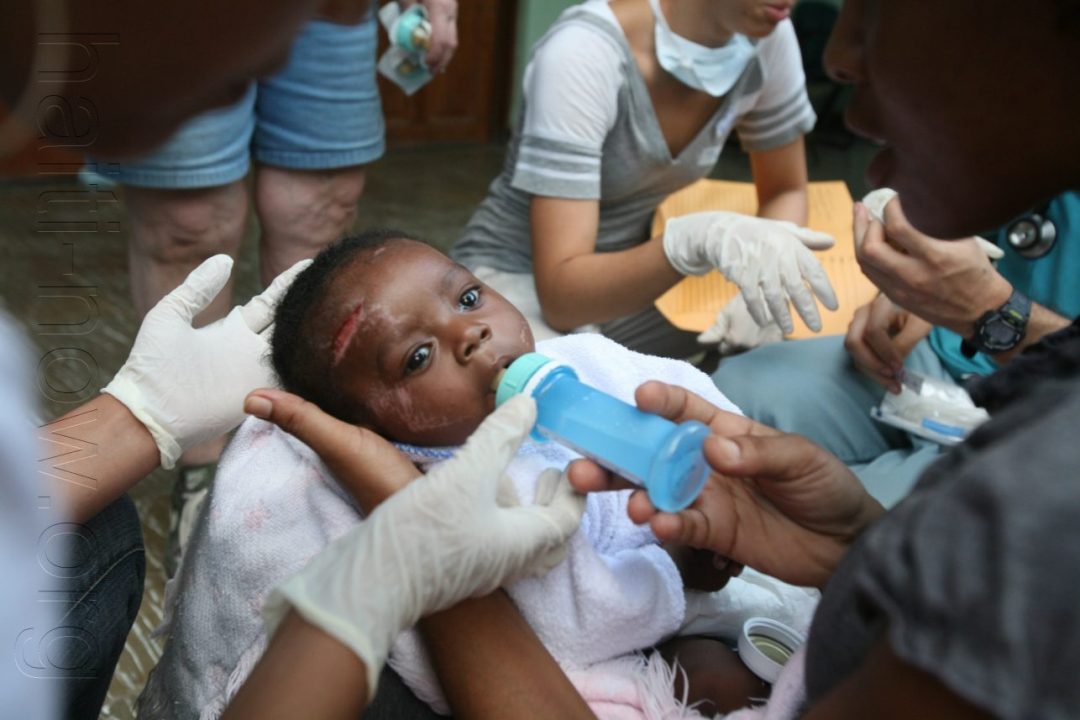Research on Impacts of Devastating 2010 Earthquake
Loss types included the following:
- Death of household member
- Illness/health issue
- No access to health services
- Loss of access to education
- Limited income
- Dead land and animals
- Physical damage to house or property
About 2 percent of the affected survivors had one loss type only. On the other end of the loss spectrum about four-tenth of one percent (0.4%) suffered 6 loss types simultaneously. Luckily, no surveyed survivor suffered all seven loss types. The table below presents the number of survivors and the number of loss types impacting them.
Restavek
In Haiti, many poor rural families send their children to be domestic servants. Specifically, this is so they can have a better life in the home of an urban / semi-urban family. These children, mostly girls, are vulnerable to emotional, physical, and sexual abuse. Generally, people call these children Restavek.
Data Source
Haiti Now used data from the FAFO Research Foundation and Institut Haitian del’ Enfance. In particular, the data is from 2013 - 2014. Additionally, Haiti Now has published this data online in an interactive manner. Click here to review this data in more detail. Specifically, it showcases other dimensions of the living conditions of Restavek in Haiti.
Another Option for Abandoned Girls in Domestic Servitude
Haiti Now ‘s mission is to give Restavek girls the ability to:
- leave domestic servitude, and
- prepare for the future they and their parents had hoped for.
Our current goal is to build a residential school for Restavek girls. Thus, we intend to support these girls in their efforts to build a safe and financially secure future.
In this residential school, girls will receive:
- an accelerated education,
- health care,
- emotional support,
- mentoring,
- arts and sports, and
- healthy socialization with peers and adults.
Envision the opportunity for these girls reaching their potential at our residential school, and join us to build this facility.
Finally, please support us at https://www.haiti-now.org/donate/
